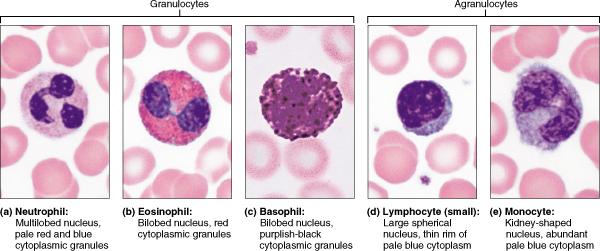

In structure, they are large Y-shaped globular proteins. They are found in the blood and tissue fluids, as well as many secretions. The terms antibody and immunoglobulin are often used interchangeably. Immunoglobulins are glycoproteins in the immunoglobulin superfamily that function as antibodies. Original discovery (1900), antigen-antibody binding hypothesis (1938), produced by B cells (1948), structure (1972), immunoglobulin genes (1976)

Serum substances that coat the outer membrane of foreign substances and enhance the rate of phagocytosis by macrophages Serum substances that work with complements

Substances in the serum that can neutralize the activity of toxins, enabling passive immunizationĬomplement proteins to induce bacterial lysis

That are capable of killing microorganisms Major discoveries in the study of humoral immunity Substance The discovery of specified compatible antibodies became a major tool in the standardization of immunity and the identification of lingering infections. Ehrlich, with his colleague von Behring, went on to develop the diphtheria antitoxin, which became the first major success of modern immunotherapy. In 1897, Paul Ehrlich showed that antibodies form against the plant toxins ricin and abrin, and proposed that these antibodies are responsible for immunity. In 1890, filtrates of diphtheria, later named diphtheria toxins, were used to vaccinate animals in an attempt to demonstrate that immunized serum contained an antitoxin that could neutralize the activity of the toxin and could transfer immunity to non-immune animals. They discovered that cell-free filtrates were sufficient to cause disease. įollowing the 1888 discovery of the bacteria that cause diphtheria and tetanus, Emil von Behring and Kitasato Shibasaburō showed that disease need not be caused by microorganisms themselves. This discovery helped to bridge the features of innate and acquired immunity. Alexins, later redefined as "complements" by Paul Ehrlich, were shown to be the soluble components of the innate response that leads to a combination of cellular and humoral immunity. In 1890, Buchner described alexins as "protective substances" that exist in the blood serum and other bodily fluids and are capable of killing microorganisms. Hans Buchner is credited with the development of the humoral theory. The concept of humoral immunity developed based on the analysis of antibacterial activity of the serum components. It also refers to the effector functions of antibodies, which include pathogen and toxin neutralization, classical complement activation, and opsonin promotion of phagocytosis and pathogen elimination. Humoral immunity refers to antibody production and the coinciding processes that accompany it, including: Th2 activation and cytokine production, germinal center formation and isotype switching, and affinity maturation and memory cell generation. The immune system is divided into a more primitive innate immune system and an acquired or adaptive immune system of vertebrates, each of which contain both humoral and cellular immune elements. The study of the molecular and cellular components that form the immune system, including their function and interaction, is the central science of immunology. Humoral immunity is also referred to as antibody-mediated immunity. It contrasts with cell-mediated immunity. Humoral immunity is named so because it involves substances found in the humors, or body fluids. Humoral immunity is the aspect of immunity that is mediated by macromolecules - including secreted antibodies, complement proteins, and certain antimicrobial peptides - located in extracellular fluids.


 0 kommentar(er)
0 kommentar(er)
